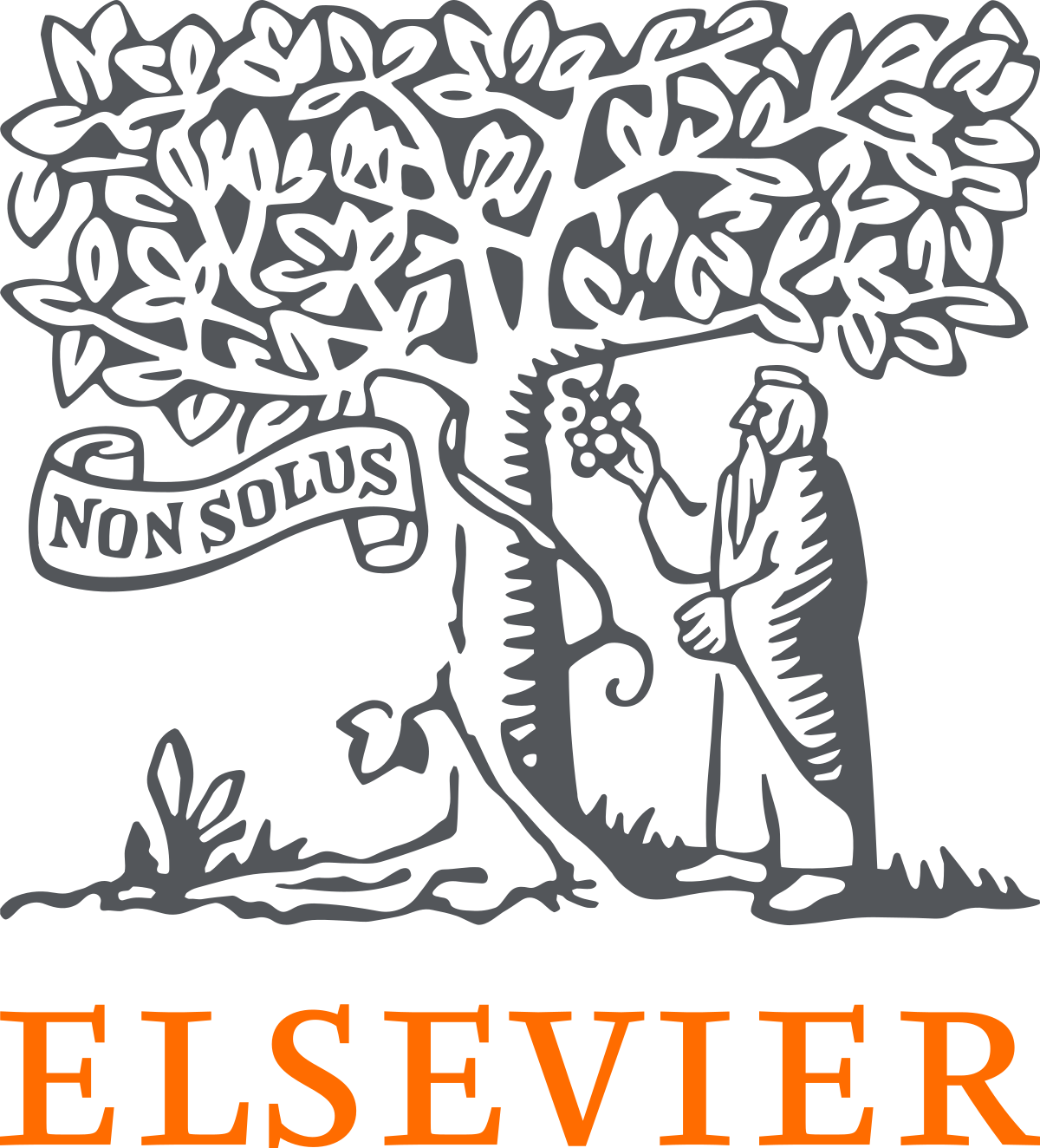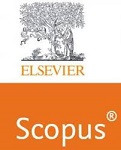Do Non-Functional Requirements Matter? A Comparison of Traditional and Agile Approaches
Keywords:
Agile, Requirement Engineering, QuestionnaireAbstract
Requirement Engineering is an essential part of the development of applications.However, NFRs are not properly considered in the initial phases of SDLC. NFRs are often hidden in FRs. In the paper, we are conducted a survey about the importance of NFRs in Traditional and Agile development process. The 52 respondents have answered the questionnaire and we are able to conclude that it is very important to consider the NFR. We have found that the 75% respondents consider the NFRs are very important and more than 25 % considered it as important.
Downloads
References
Khan, F., Jan, S. R., Tahir, M., Khan, S., & Ullah, F. (2016). Survey: dealing non-functional requirements at architecture level. VFAST Transactions on Software Engineering, 9(2), 7-13.
Handa, N., & Sharma, A. (2019). An Inclusive Study of Several Machine Learning Techniques. Journal of the Gujarat Research Society, 21(5), 221-225.
Kaur, G., & Singh, B. (2017, June). Improving the quality of software by refactoring. In 2017 International Conference on Intelligent Computing and Control Systems (ICICCS) (pp. 185-191). IEEE.
Arora, M., Verma, S., & Chopra, S. (2020). A Systematic Literature Review of Machine Learning Estimation Approaches in Scrum Projects. In Cognitive Informatics and Soft Computing (pp. 573-586). Springer, Singapore.
Thakur, S., & Kaur, A. (2013). Role of agile methodology in software development. International Journal of Computer Science and Mobile Computing, 2(10), 86-90.
Boehm, B., & In, H. (1996). Identifying quality-requirement conflicts. IEEE software, 13(2), 25-35.
Breitman, K. K., Leite, J. C. S., & Finkelstein, A. (1999). The world sa stage: a survey on requirements engineering using a real-life case study. Journal of the Brazilian Computer Society, 6(1), 13-37.
Lindstrom, D. R. (1993). Five ways to destroy a development project (software development). IEEE Software, 10(5), 55-58.
Nuseibeh, B. (1997). Ariane 5: who dunnit?. IEEE Software, (3), 15-16.
Binkhonain, M., & Zhao, L. (2019). A review of machine learning algorithms for identification and classification of non-functional requirements. Expert Systems with Applications: X, 100001.
Dhir, S., Kumar, D., & Singh, V. B. (2019). Success and failure factors that impact on project implementation using agile software development methodology. In Software Engineering (pp. 647-654). Springer, Singapore.
Ali, S., Bashir, T., & Yousaf, I. (2020). The Quality Requirements Analysis with Machine Learning. International Journal of Computational and Biological Sciences, 1(1), 1-1.
Domah, D. (2013). The NERV Methodology: Non-Functional Requirements Elicitation, Reasoning and Validation in Agile Processes (Doctoral dissertation, Nova Southeastern University).
Bhogal, G. S., & Rawat, A. K. (2020). Analysis on Smoke Detection Techniques. In Smart Intelligent Computing and Applications (pp. 163-180). Springer, Singapore.
Swain, M., Singh, R., Thakur, A. K., & Gehlot, A. A Machine Learning Approach of Data Mining in Agriculture 4.0.
Godara, J., & Aron, R. (2020). An Approach to Detect Sarcasm in Tweets (No. 3035). EasyChair.
Singh, M., & Salaria, D. S. (2013). Software defect prediction tool based on neural network. International Journal of Computer Applications, 70(22).
Handa, N., Sharma, A. & Gupta, A (2019). Non Functional Requirements Analysis using Data Analytics . International Journal of Advanced Science and Technology Vol. 27, No. 1, (2019), pp. 383 - 392
Di Martino, B., Pascarella, J., Nacchia, S., Maisto, S. A., Iannucci, P., & Cerri, F. (2018, May). Cloud Services Categories Identification from Requirements Specifications. In 2018 32nd International Conference on Advanced Information Networking and Applications Workshops (WAINA) (pp. 436-441). IEEE.
Tóth, L., & Vidács, L. (2018, May). Study of various classifiers for identification and classification of non-functional requirements. In International Conference on Computational Science and Its Applications (pp. 492-503). Springer, Cham.
Bhowmik, T., & Do, A. Q. (2019). Refinement and resolution of just-in-time requirements in open source software and a closer look into non-functional requirements. Journal of Industrial Information Integration, 14, 24-33.
Marinho, M., Arruda, D., Wanderley, F., & Lins, A. (2018, September). A Systematic Approach of Dataset Definition for a Supervised Machine Learning Using NFR Framework. In 2018 11th International Conference on the Quality of Information and Communications Technology (QUATIC) (pp. 110-118). IEEE.
Iqbal, T., Elahidoost, P., & Lúcio, L. (2018, December). A Bird's Eye View on Requirements Engineering and Machine Learning. In 2018 25th Asia-Pacific Software Engineering Conference (APSEC) (pp. 11-20). IEEE.
Sachdeva, V., & Chung, L. (2017, January). Handling non-functional requirements for big data and IOT projects in Scrum. In 2017 7th International Conference on Cloud Computing, Data Science & Engineering-Confluence (pp. 216-221). IEEE.
Tóth, L., & Vidács, L. (2019). Comparative Study of The Performance of Various n Labeling Non-Functional Requirements. Information Technology and Control, 48(3), 432-445.
Eyal Salman, H., Hammad, M., Seriai, A. D., & Al-Sbou, A. (2018). Semantic Clustering of Functional Requirements Using Agglomerative Hierarchical Clustering. Information, 9(9), 222.
Portugal, R. L., Li, T., Silva, L., Almentero, E., & do Prado Leite, J. C. S. (2018, September). NFRfinder: a knowledge based strategy for mining non-functional requirements. In Proceedings of the XXXII Brazilian Symposium on Software Engineering (pp. 102-111).
Baker, C., Deng, L., Chakraborty, S., & Dehlinger, J. (2019, July). Automatic Multi-class Non-Functional Software Requirements Classification Using Neural Networks. In 2019 IEEE 43rd Annual Computer Software and Applications Conference (COMPSAC) (Vol. 2, pp. 610-615). IEEE.
Kopczyńska, S., Nawrocki, J., & Ochodek, M. (2018). An empirical study on catalog of non-functional requirement templates: Usefulness and maintenance issues. Information and Software Technology, 103, 75-91.
Downloads
Published
How to Cite
Issue
Section
License

This work is licensed under a Creative Commons Attribution-ShareAlike 4.0 International License.
All papers should be submitted electronically. All submitted manuscripts must be original work that is not under submission at another journal or under consideration for publication in another form, such as a monograph or chapter of a book. Authors of submitted papers are obligated not to submit their paper for publication elsewhere until an editorial decision is rendered on their submission. Further, authors of accepted papers are prohibited from publishing the results in other publications that appear before the paper is published in the Journal unless they receive approval for doing so from the Editor-In-Chief.
IJISAE open access articles are licensed under a Creative Commons Attribution-ShareAlike 4.0 International License. This license lets the audience to give appropriate credit, provide a link to the license, and indicate if changes were made and if they remix, transform, or build upon the material, they must distribute contributions under the same license as the original.





